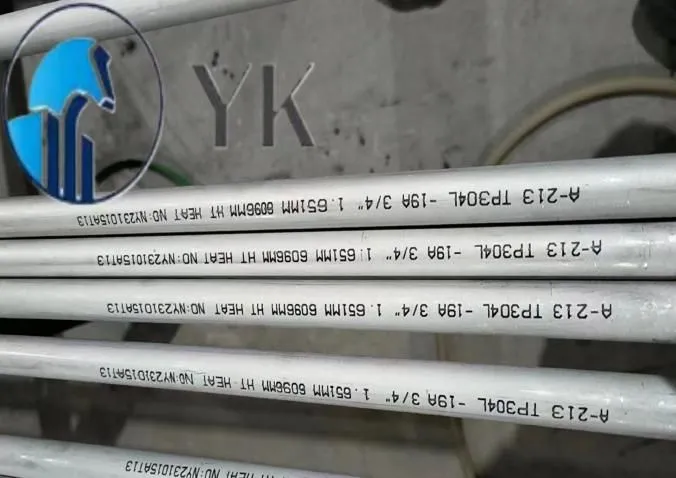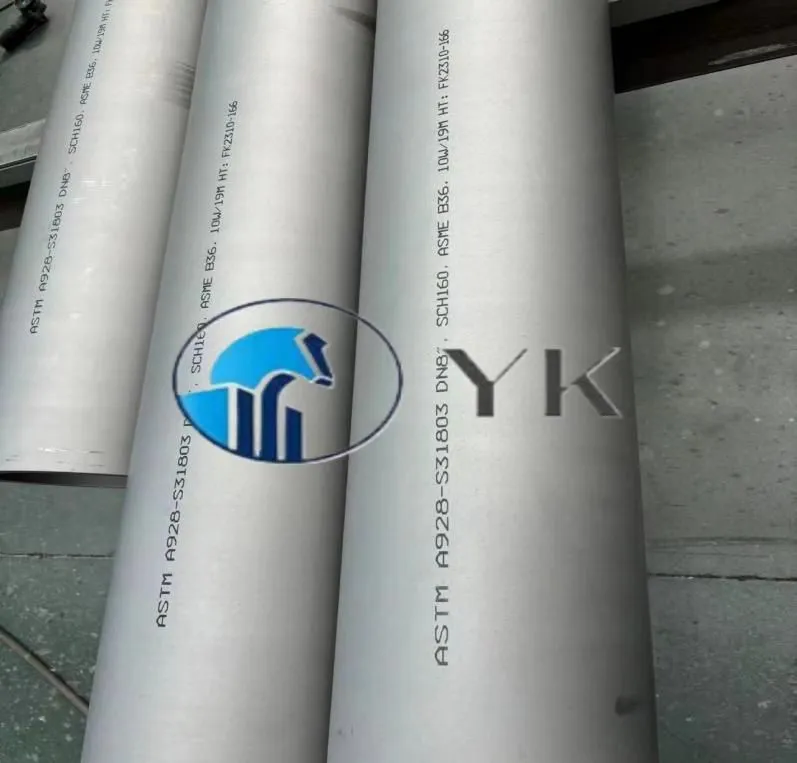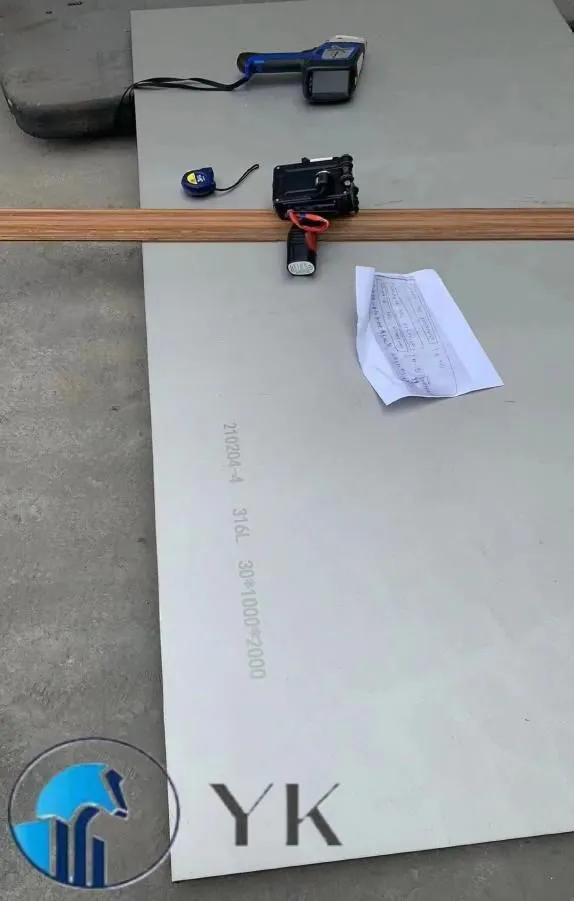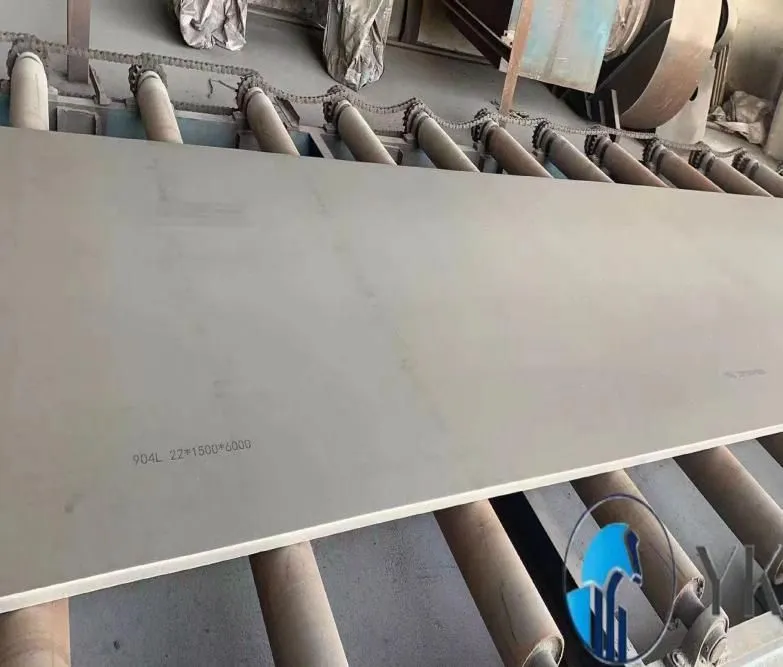Navigation
Development Trends of the International Stainless Steel Market
1. Capacity Growth:
It is expected that the global stainless steel production will show a growth trend in the future. However, the growth will mainly occur in Asian regions, especially in China and Indonesia. With the continuous development of the stainless steel industries in these two countries, their production capacities will continue to expand. The growth of stainless steel production capacities in other regions may be restricted by factors such as environmental protection and costs, and thus will be relatively slow.
2. Slowing Demand Growth:
Although the global economy is gradually recovering, due to the impacts of trade frictions, geopolitical issues and other factors, the growth rate of stainless steel demand may slow down. Nevertheless, in some emerging fields such as new energy and aerospace, the demand for stainless steel will still maintain a relatively rapid growth.
3. Technological Innovation:
With the continuous progress of science and technology, the production technologies of stainless steel are also constantly innovating. Enterprises will place more emphasis on researching and developing high-performance stainless steel products with high strength, corrosion resistance, and high temperature resistance to meet the needs of different industries. Meanwhile, green production technology will become the development direction of the stainless steel industry in the future. Enterprises will increase their investment in environmental protection technologies to reduce energy consumption and pollutant emissions during the production process.
Market Risks and Challenges
1. Trade Protectionism:
The trade protectionist policies of some countries may hinder the trade in the international stainless steel market. For example, the measures such as imposing additional tariffs on imported stainless steel products by the United States may trigger trade disputes and affect the supply-demand balance of the global stainless steel market.
2. Unstable Raw Material Supply:
The raw materials required for stainless steel production, such as nickel and chromium, are mainly concentrated in a few countries. The policy changes, natural disasters and other factors in these countries may lead to unstable raw material supply, which will further affect the production and price of stainless steel.
3. Environmental Protection Pressure:
With the increasing requirements for environmental protection globally, stainless steel production enterprises are facing considerable environmental protection pressure. Enterprises need to invest a large amount of capital in environmental protection technology transformation to meet the environmental protection standards, which may increase their production costs.




1. Capacity Growth:
It is expected that the global stainless steel production will show a growth trend in the future. However, the growth will mainly occur in Asian regions, especially in China and Indonesia. With the continuous development of the stainless steel industries in these two countries, their production capacities will continue to expand. The growth of stainless steel production capacities in other regions may be restricted by factors such as environmental protection and costs, and thus will be relatively slow.
2. Slowing Demand Growth:
Although the global economy is gradually recovering, due to the impacts of trade frictions, geopolitical issues and other factors, the growth rate of stainless steel demand may slow down. Nevertheless, in some emerging fields such as new energy and aerospace, the demand for stainless steel will still maintain a relatively rapid growth.
3. Technological Innovation:
With the continuous progress of science and technology, the production technologies of stainless steel are also constantly innovating. Enterprises will place more emphasis on researching and developing high-performance stainless steel products with high strength, corrosion resistance, and high temperature resistance to meet the needs of different industries. Meanwhile, green production technology will become the development direction of the stainless steel industry in the future. Enterprises will increase their investment in environmental protection technologies to reduce energy consumption and pollutant emissions during the production process.
Market Risks and Challenges
1. Trade Protectionism:
The trade protectionist policies of some countries may hinder the trade in the international stainless steel market. For example, the measures such as imposing additional tariffs on imported stainless steel products by the United States may trigger trade disputes and affect the supply-demand balance of the global stainless steel market.
2. Unstable Raw Material Supply:
The raw materials required for stainless steel production, such as nickel and chromium, are mainly concentrated in a few countries. The policy changes, natural disasters and other factors in these countries may lead to unstable raw material supply, which will further affect the production and price of stainless steel.
3. Environmental Protection Pressure:
With the increasing requirements for environmental protection globally, stainless steel production enterprises are facing considerable environmental protection pressure. Enterprises need to invest a large amount of capital in environmental protection technology transformation to meet the environmental protection standards, which may increase their production costs.




